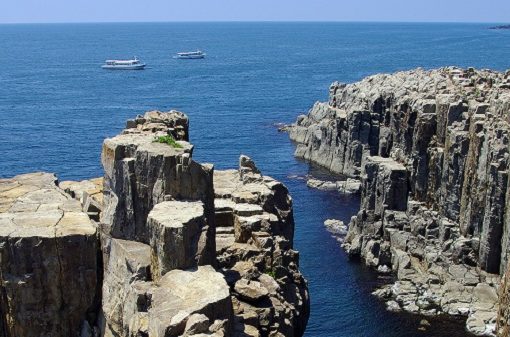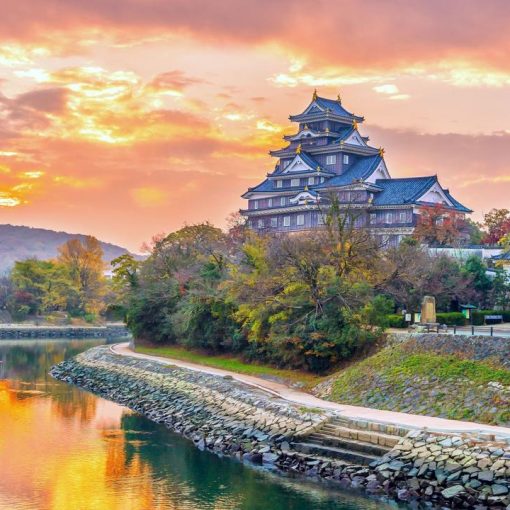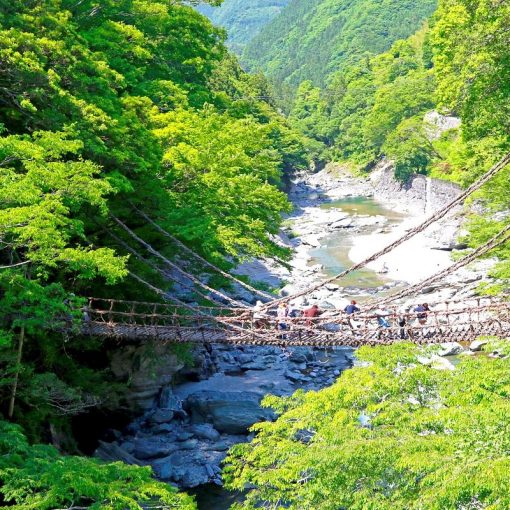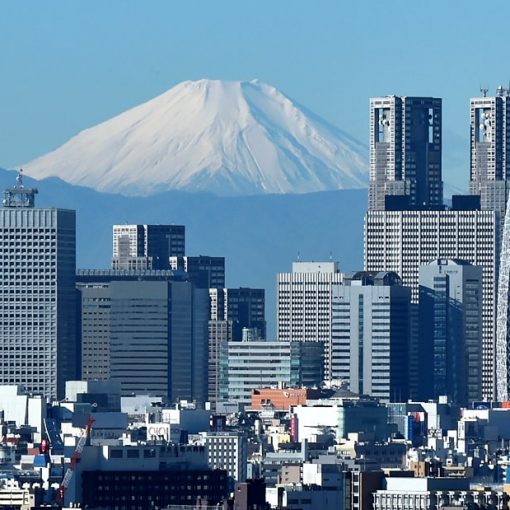Chiba is located almost in the center of the island of Honshu and is bordered by the prefectures of Ibaraki in the north and Saitama in the west. From the south and east it is washed by the waters of the Pacific Ocean and Tokyo Bay. The north of the prefecture stretches out on the Kanto plain, and there Chiba is separated from its neighbors by natural boundaries – the Tonegawa and Edogawa rivers, and the southern part of the prefecture goes into the sea by the hilly Boso Peninsula. The population of Chiba is concentrated mainly in the northwestern part of the prefecture, where it merges with Greater Tokyo, forming a single metropolis of Tokyo-Yokohama. The prefectural capital is Chiba City. The population of the prefecture is 5.6 million people, the area is 5150 square meters. km.
Chiba Prefecture has existed within its current borders since 1875, when, after the abolition of the old provincial system, a new administrative unit was formed on the site of three provinces – Shimosa, Kazusa and Awa. Today Chiba is one of the most developed prefectures in Japan. The maritime climate is favorable for the cultivation of rice and other cereals, while coastal waters allow the development of commercial fishing. These ancestral industries, together with the post-World War II soy sauce industries, chemical, electrical, steel, and advanced shipbuilding industries, define the prefecture today. The new Narita International Airport located here has become the country’s main air gateway, and it is from here that most visitors begin their acquaintance with Japan.
In addition to highly developed manufacturing and agriculture, the prefecture, thanks to equipped ocean beaches, is also known as one of the most popular holiday areas in the country. In addition, it was here that the famous Tokyo Disneyland was opened in 1983, and Shinshoji Castle in Narita attracts thousands of tourists from all over Japan every year.
Symbolism
The emblem of the prefecture was created on December 28, 1909. It is a combination of the stylized katakana characters “chi” (チ) and “ha” (ハ). The flag of the prefecture was approved on July 29, 1963. The blue color of the flag symbolizes the hope and development of the prefecture, and the yellow color is the turnip flower[4].
Although the prefectural flower has not been officially approved, it is considered the turnip flower. It was chosen by the people of the prefecture in 1954 as a result of a poll conducted by NHK. The tree of the prefecture was the large-leaved legcarp (September 29, 1966), the bird – red-eared bunting (May 10, 1965), and the red tai fish (February 23, 1989).
The day of the prefecture is considered June 15.
Chiba Prefecture
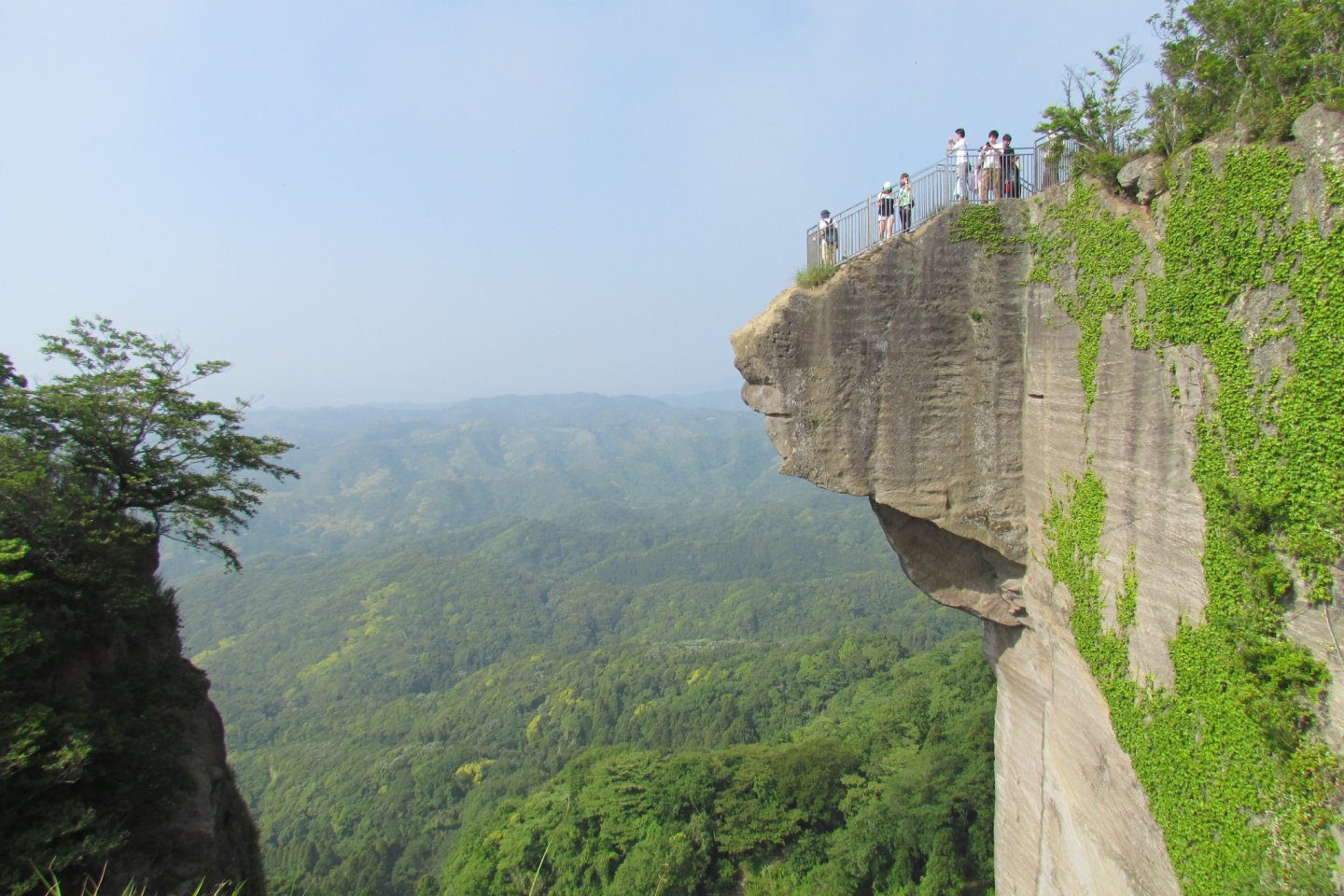
Chiba Prefecture belongs to the Greater Tokyo area in the Kanto region. In terms of population, it ranks 6th in Japan, although its area is relatively small – 5156 square meters. km. The entire prefecture occupies the Boso Peninsula, which separates the eastern part of Tokyo Bay from the Pacific Ocean.
The name “Chiba” is written with two characters meaning “1000” and “tree leaf”. This is an ancient toponym mentioned in the annals of the “Country of Miyatsuko”. In the Heian era, it was used by representatives of the side branch of the powerful Taira clan, who ruled the surrounding lands for many centuries. In 1873, the Meiji government legislated the historical name of the region.
Often, the Tokyo-Chiba region is also referred to as “Keiō”, combining the first and last characters from both names. According to the rules of the Japanese language, kanji can have two readings – and thus the new word should not be read “to-ba”, but “kei-yo”. This compound name is especially often used to designate highways and railway routes.
Many ancient settlements of the Jomon period are found on the territory of the prefecture – for example, it was in Chiba that the largest pile of kaizuka shells was discovered. Kofun burial mounds are also ubiquitous – the largest group is located in Futsu along the coast of Tokyo Bay.
During the Nara period, the lands of Chiba submit to the authority of the emperor, but later the local military leaders reject the central authority. The Taira clan, relying on their allies in Chiba, becomes one of the most powerful forces in Japan, and takes part in many battles during the formation of the Kamakura shogunate.
After the Meiji Restoration, the region retains its historical name, and the eponymous city of Chiba becomes the capital. In 1923, the Great Kanto Earthquake caused great damage to the capital and surrounding prefectures. More than 1,300 people died on the Boso Peninsula. Later, Tiba becomes the center of the military industry – and in 1945 it is subjected to massive bombing by American aircraft.
After the war, Chiba was under American occupation for some time, and the population of the prefecture was greatly reduced as a result of mass migrations. However, then the industrial zone of Keio began to develop again, a railway connection with the capital appeared, and the region began to serve as a kind of “sleeping area” of the multimillion-dollar Tokyo.
Narita International Airport was opened here in 1978. Today, most of the tourists arrive in Japan through these “air gates”. However, the town of Narita is very interesting in itself – an ancient temple and streets with traditional Japanese architecture have been preserved here.
The Keio Industrial Zone occupies only the northeastern part of the prefecture, while most of the coast of the Boso Peninsula has been declared a protected area. Several quasi-national natural parks are located here, in total occupying about 6% of the region’s territory. The parks were established in the 1950s to protect the environment and Chiba’s unique cultural heritage. In particular, Minami-Boso Park is famous for its Nichiren temple complex.

